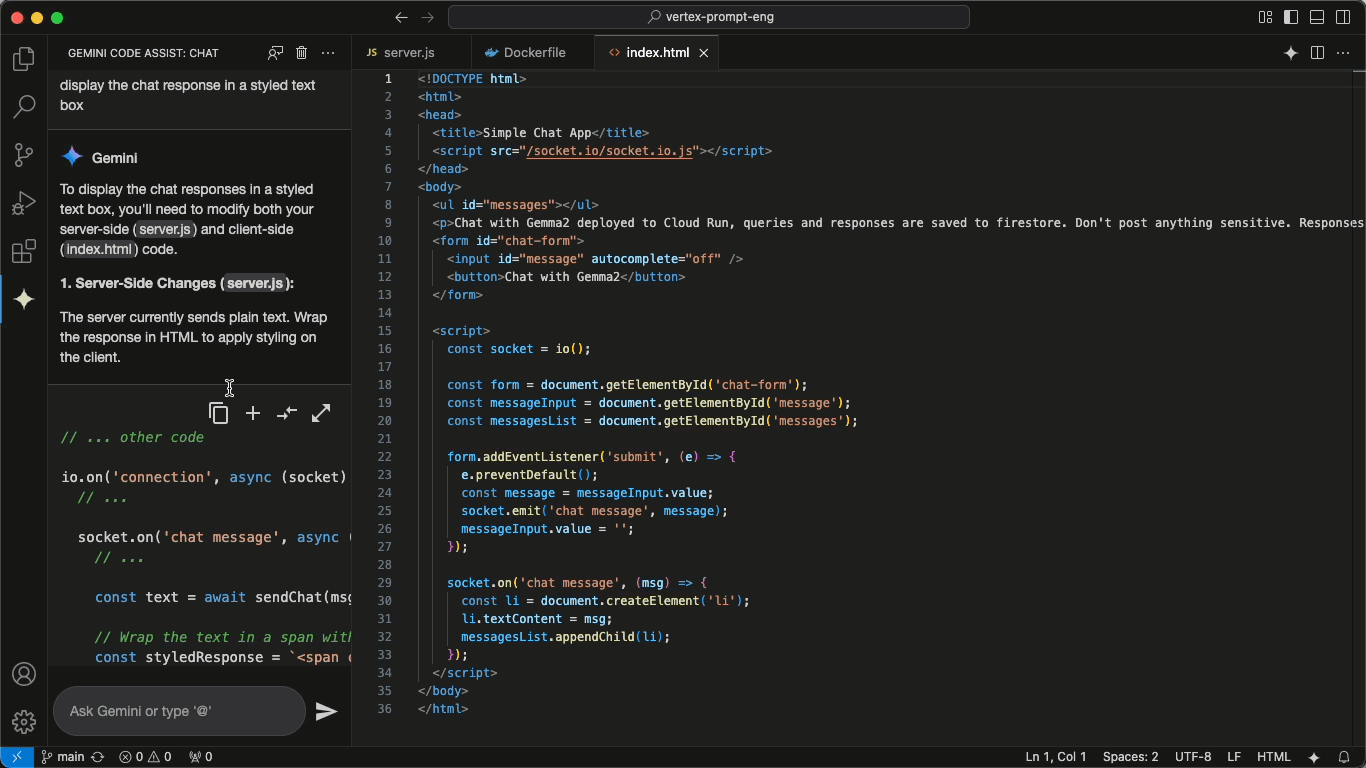In the early days of app documentation, animated images (like GIFs) were a fantastic way to demonstrate how an application worked. They provided a dynamic, visual way to guide users through processes that might have been confusing with text alone.
However, I’ve noticed a shift over time. These animations have become faster and more complex, to the point where they’re sometimes more of a distraction than a help. You can see it in action on the VSCode extensions page for the just released Gemini Code Assist:

The animation above moves so quickly that it’s hard to follow (at least for me), which defeats the purpose. And looping the image makes it’s an order of magnitude more distracting for me as I realize it’s loops, then rewatch to try to catch a full cycle, and usually end up watching it 2-3 times. By that time, my brain lost a lot of the context of the article and why I wanted to look at the image int he first place.
Why Static Images Still Matter
Images are still a crucial part of good documentation. They break up the monotony of text and help highlight key points. But there’s something to be said for simplicity: a well-placed static image with a clear caption can often do the job just as effectively. It allows the reader to process the information at their own pace, without the pressure of a looping animation.
Slowing Down Animated GIFs
If you choose to use animated images, my suggestion is to slow them down. Give viewers enough time to absorb what’s happening. A slower pace ensures that the animation serves its purpose as an instructional tool rather than becoming a source of frustration.
Maybe it’s just the perspective of an older developer, but I believe documentation should prioritize clarity and user experience over flashy visuals. In the end, the goal is to make things easier for the user, and sometimes that means taking a step back from rapid-fire animations and embracing a more measured approach.